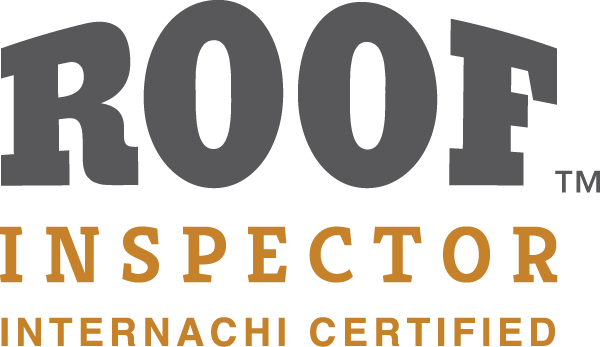Contrary to their aesthetic reputation, metal roofs are sturdy and long-lasting, when properly maintained, and modern paints and powder coatings make them nearly maintenance-free. In the northeast, metal roofs are making a comeback because of their superior ability to shed snow loads quickly. They are also free of the ice-damming problems associated with shingles and tiles.
Metal roof components are manufactured from steel, galvanized steel (zinc-coated steel), copper, lead, aluminum, and terne (a tin-lead alloy-coated steel). Tin-plated stainless steel is available for locations where regular steel would not last too well, such as salt-air coastal regions.
Materials
Steel, either galvanized, painted or both, has been used in sheet form with standing seams, corrugated or in tile format.
Tin is now used primarily as a coating on steel or in an alloy. At one time, pure tin was common both as tiles and as sheet material.
Copper has long been the choice for high-end metal roofs because of its long lifespan. Normally, it is used as standing-seam roofing, but it can also be soldered together (as was the case in the past).
Aluminum is not very common as a residential roofing material, although some shingles of this material are designed to look like wood shakes. It is used extensively in commercial applications where its low weight is a design advantage on wide-span roofs. Aluminum sheet roofing is easy to spot, since it comes in small lengths and has to be installed using rubber gasketed screws through the surface and into the roof decking.
Terne is the same as steel or galvanized steel, and is sometimes used to manufacture both sheet and tile roof coverings.
Lead is not commonly used in North America as anything other than a flashing material. In Europe, however, it was used extensively in sheet form on smaller flat roofs, particularly those with parapet walls and internal drainpipes, because the material is malleable and easy to solder together.

